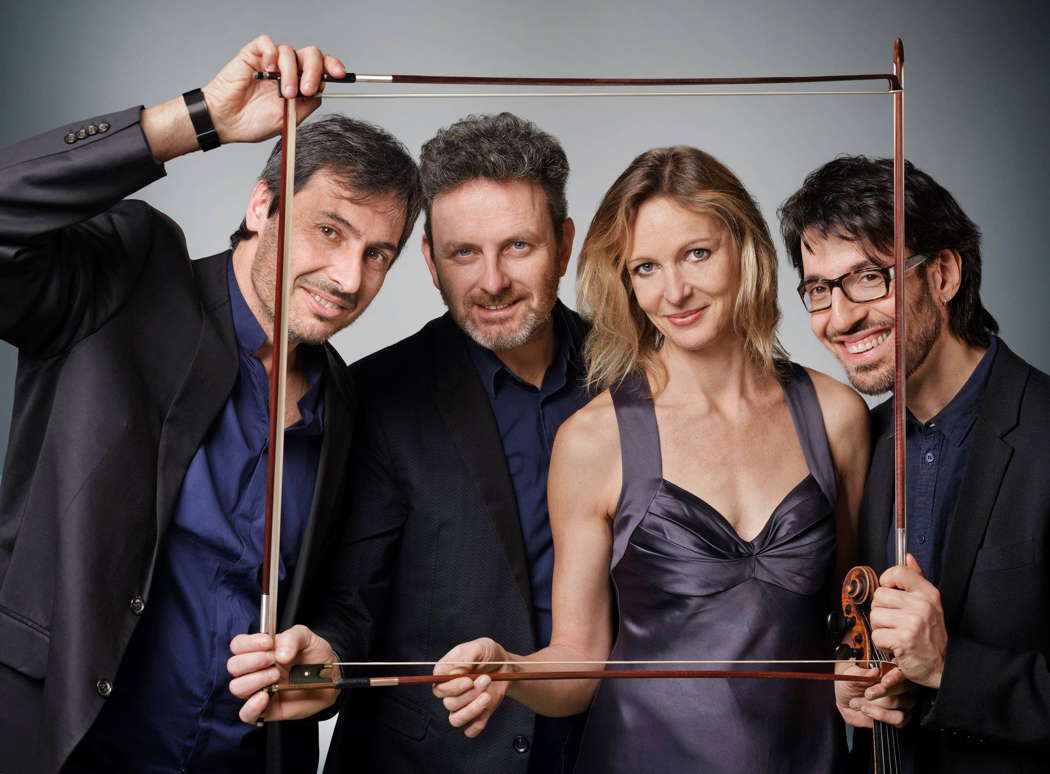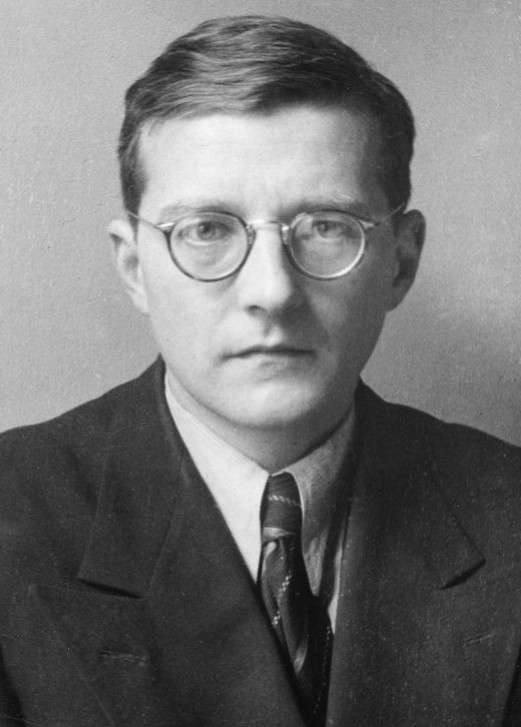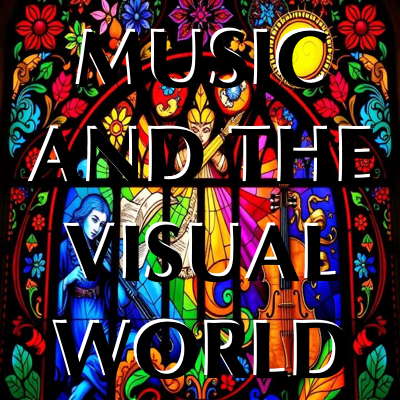 FEEDBACK: She said WHAT? Read what people think about our Classical Music Daily features, and have your say!
FEEDBACK: She said WHAT? Read what people think about our Classical Music Daily features, and have your say!
The Complete Shostakovich String Quartets
GIUSEPPE PENNISI listens to Quartetto Prometeo in Rome
On 5 May 2022, at the Teatro Argentina in Rome, I was at the second appointment of a vast project that the Roman Philharmonic Academy has divided into three 'seasons': the complete fifteen string quartets of Dmitri Shostakovich (1906-1975). The execution of the project has been entrusted to the Quartetto Prometeo – Giulio Rovighi, first violin, Aldo Campagnari, second violin, Danusha Waskiewicz, viola and Francesco Dillon, cello. The Prometeo Quartet has been awarded the special Bärenreiter prize twice at the ARD Competition in Munich, Silver Lion at the Venice Biennale 2012 and is one of the most accredited ensemble on the international music scene. It is for the first time facing the entire production of quartets by the Russian composer.

Quartetto Prometeo. From left to right: Giulio Rovighi, Aldo Campagnari, Danusha Waskiewicz and Francesco Dillon
Shostakovich wrote fifteen symphonies and fifteen string quartets. With any other composer, this numerical equivalence might reasonably seem, at first glance, a pure coincidence. However, Shostakovich liked anagrams and number games.
Written between 1938 and 1974, the fifteen quartets cross an important part of the history of the twentieth century, ranging from the Second World War to the first signs of Cold War détente. Shostakovich's history and personal experience relive and intertwine in the compositions that become a precious testimony of a historical era and a particular musical feeling.

Dmitri Shostakovich in 1942
Following the chronological order of composition, after having faced the first three quartets on 20 January 2022, Quartetto Prometeo tried its hand on 5 May with the Fourth Quartet in D major, Op 83 and the Fifth Quartet in B flat major, Op 92. The Fourth Quartet was composed between May and December 1949. This was one of the composer's darkest periods. He was pressed once again by the regime with the measures of 1948 against the 'formalism' of which his music was accused. He was forced to write the oratorio The Song of the Forests to please Stalin, while to earn a living he composed music for films.
When the symphonies are compared with the quartets, interesting differences become apparent. The symphonies were written in a variety of keys. There is also no obvious rule defining the progression of their keys - in other words, the symphonies were not conceived as a cycle and, with one exception, all received their first performance shortly after their completion. Unlike the symphonies, none of the quartets were written in the same key. Furthermore, the distance of the key from the purely diatonic C major tends to increase with the number of quartets. This is not a random journey but a journey calculated through tonality - a journey that took thirty-six years.
Like the symphonies, the string quartets debuted shortly after their completion. Nonetheless, there is again a notable exception. Quartet No 4 was composed in 1949, but was first performed only four years later. In fact, Quartet No 5 (which was also unusually delayed) was heard just before the Fourth. Once again, the delay is explained by another crisis in Shostakovich's life, struggling - he who was a convinced communist and was, for a period, a parliamentarian too - with the rigors of the 'music academy' of the Party that accused him of 'formalism' and distance from 'socialist realism'.
At the same time, Shostakovich was silently working on those works that would be performed only after Stalin's death, including Quartet No 4, which saw its first public performance in Moscow on 3 December 1953 by the Beethoven Quartet. It was dedicated by the author to the painter and set designer Pyotr Vilvams. Divided into the canonical four movements, the composition stands out above all for the concluding Allegretto, pervaded by melodies and rhythms of klezmer music (at the beginning of a long journey that led the composer to deep study of the music of Eastern European Jews). Shostakovich considered Quartet No 4 'music for entertainment'. The performance of Quartetto Prometeo, with imperceptible pauses between the various movements, and emphasis on the 'pizzicato' and with the languor accentuated in the waltz, highlighted the underlying implicit drama of the quartet and the times in which it was composed, waiting for better moments to make it known.
Quartet No 5 was composed in the autumn of 1952 when Stalin was ill and the 'political thaw' was on the horizon. It debuted in Leningrad in November 1953 (about six months after Stalin's death) performed by the Beethoven Quartet, to which it is dedicated. It consists of three movements, to be performed without interruption. Shostakovich liked anagrams: the work comes from a five-note motif, C–Re–E flat–Si–C diesis, which contains the four tonal classes of the composer's musical monogram: DSCH. DSCH are the initials of his name in the translation from Cyrillic to German. This motif appears in a number of his other string quartets, including the String Quartet No 8, as well as in his Symphony No 10. In the performance of the Prometheus Quartet, the emphasis is on the joyful character of the composition.
The audience was not large but was enthusiastic. To the requests for an encore, the Quartet responded by performing the second movement – Ostinato – of the third string quartet by Benjamin Britten and the Ciaccona by Tarquinio Merula in the version by Francesco Filidei.
Copyright © 7 May 2022
Giuseppe Pennisi,
Rome, Italy




